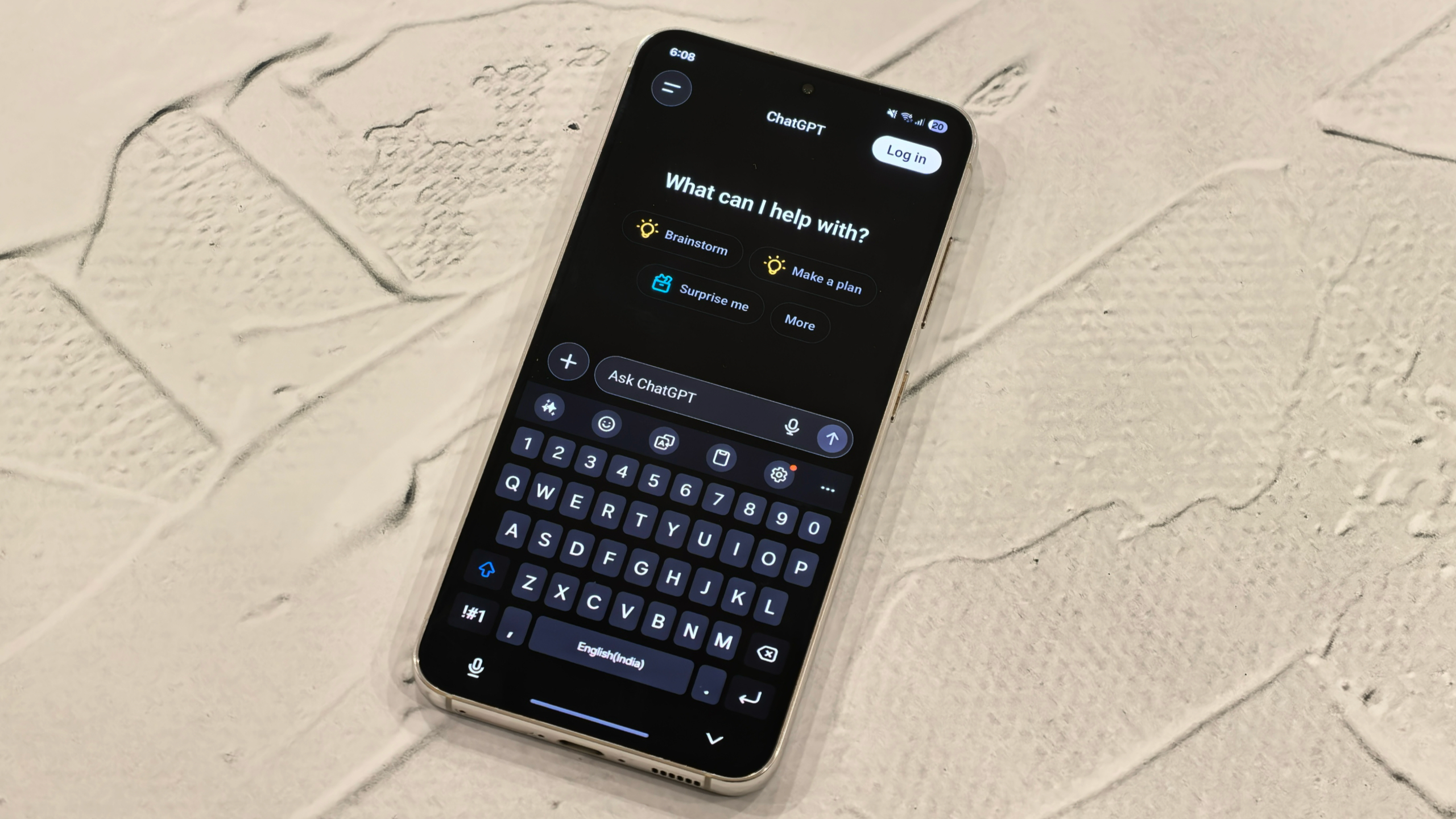Bring on the portless phones and keep the weird ideas coming

If you haven't seen the Vivo Apex 2019 yet, drop what you're doing and just marvel at it for a second. It's a proof-of-concept device that explores an idea that I've wanted to see come to life for years: a phone with absolutely no ports. No buttons. No interruptions in the hardware of any kind — at least, aside from the camera cutouts and some magnetic pogo pins along the back.
The Apex 2019 was unveiled a couple of months ago, but it wasn't until some of my colleagues started sharing photos and even hands-on videos that I really got excited. The phone looks stunning; it's a completely unique design, and a culmination of all of the various attempts over the years to remove individual hardware components.
https://twitter.com/RDRv3/status/1105610038477873152
When HTC launched the U12+, most reviewers (myself included) docked the phone some points for its capacitive power and volume buttons, which placed non-moving physical buttons on the side that vibrated to simulate a press, similar to what Apple does with the Force Touch trackpads on its MacBook line. But while the implementation was unimpressive (even after a number of software updates), the idea was there: eliminate some of the phone's moving parts.
Same goes for the in-display fingerprint sensors found in recent phones like the OnePlus 6T and Galaxy S10, which the Apex 2019 also features. Even Vivo's approach to eliminating the speaker grill by placing the Apex's speaker under the display and vibrating the glass is reminiscent of LG's approach with its just-announced G8.
Hilariously, the one thing that's missing from the Apex is a technology that's been around since the Palm Pre: wireless charging. Instead, Vivo opted for a magnetic connector that handles charging and data management. That's … fine, I guess, but it sort of breaks the phone's insanely futuristic vibe, especially when you remember that the phone's exterior is entirely made of glass.
We're probably still not ready for a completely portless phone, but that doesn't mean we won't ever be.
I'd love to get my hands on the Apex 2019, but one thing's pretty clear: even if it were actually coming to market, this wouldn't be a phone for the masses. There's no front-facing camera (which, on the plus side, means there's no notch or hole-punch cutout). Since there's no wireless charging, this might be the only Android phone in 2019 with a proprietary port. The touch-sensitive buttons … well, they give me pause, to say the least.
Get the latest news from Android Central, your trusted companion in the world of Android
But I love this concept. I've been talking about this very same idea since 2013, and as impractical as a completely portless phone would be in 2019, just as it would've been six years ago, I think that as technology continues to advance, it'll eventually be feasible. Maybe not for everybody, but at least for some — I mean, if we can make foldable phones, why not keep branching out?
I charge my Pixel 3 almost exclusively wirelessly, and I can't remember the last time I used wired headphones with a phone. I'm not a huge fan of in-display fingerprint sensors beyond their novelty factor, but it's better than no biometric security. At the very least, I'd love to try something like the Apex.
If you ask me, 2019 is the year of embracing weird phones all over again. And I'm here for it.

Hayato was a product reviewer and video editor for Android Central.
